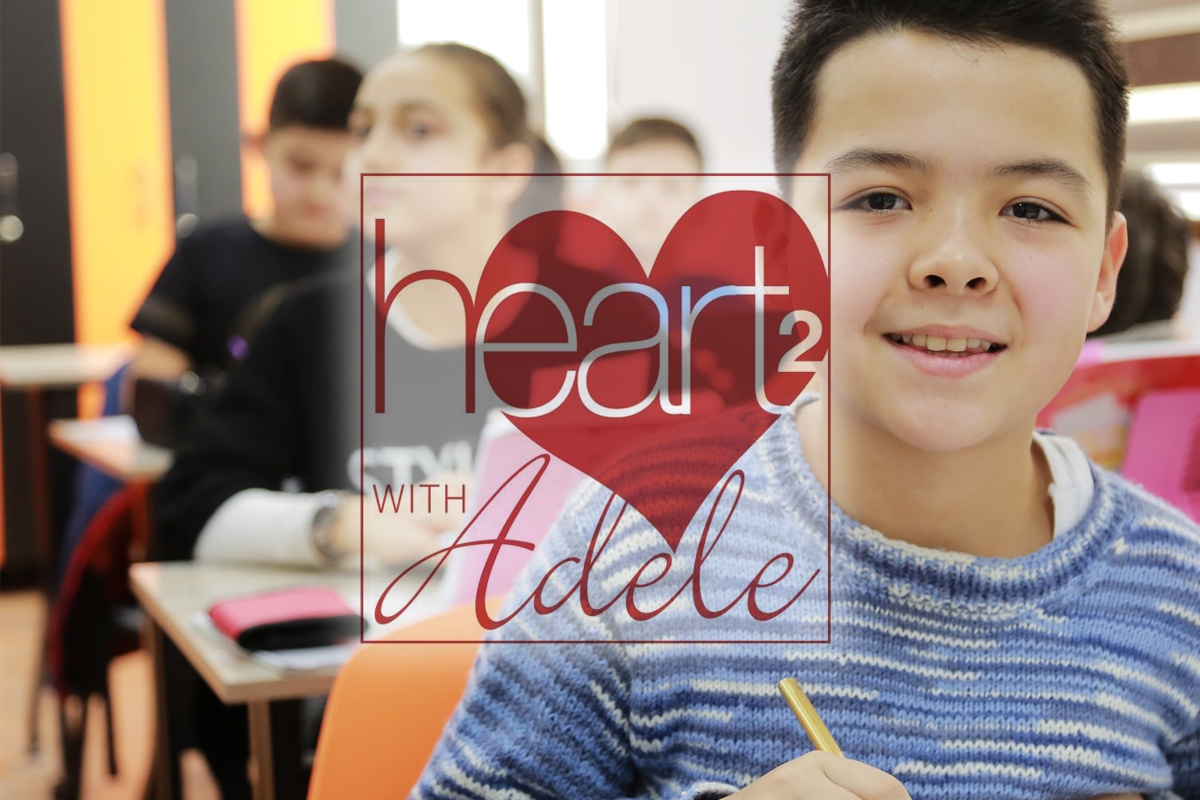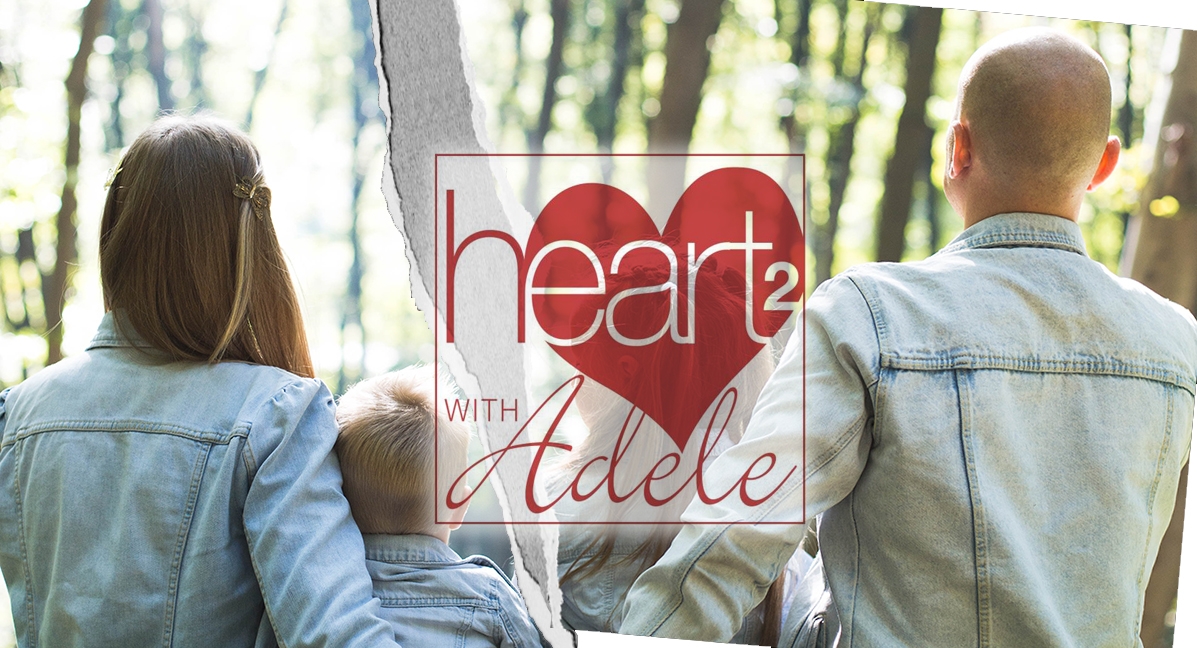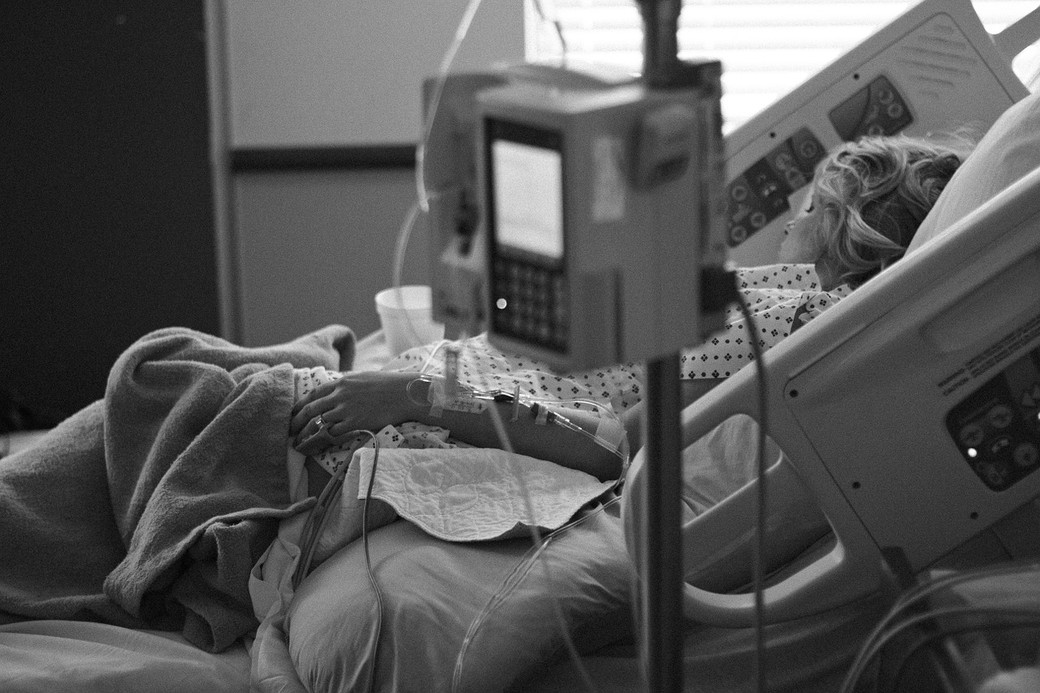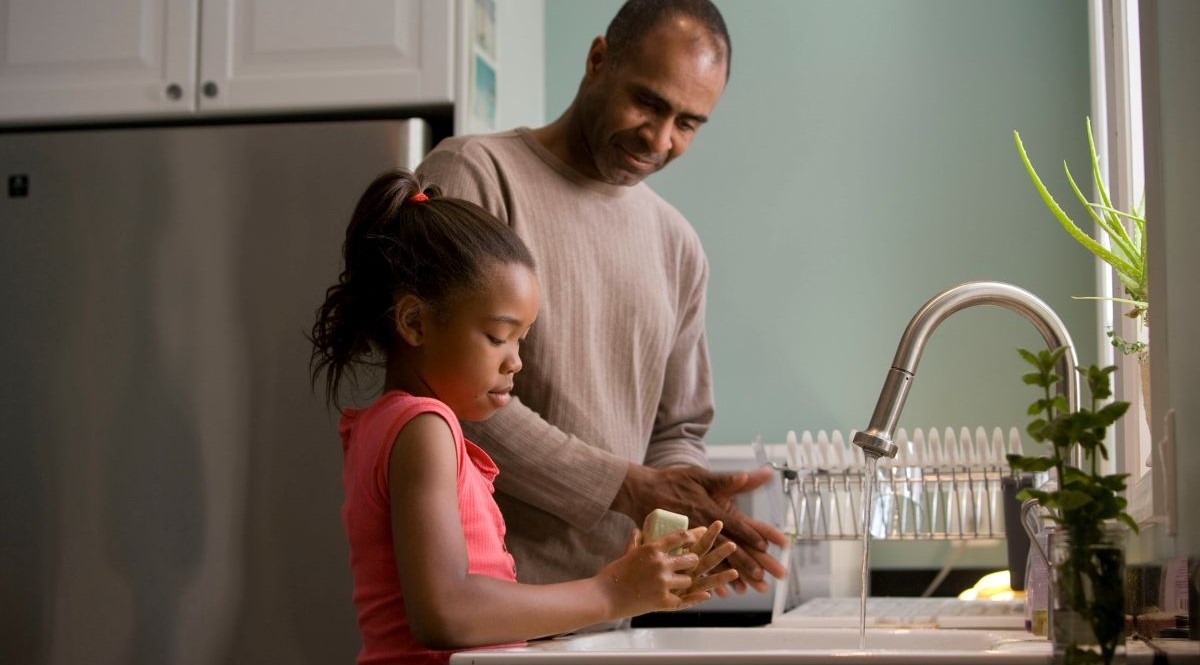
Safeguarding children from violent behaviour in the classroom
QUESTION:
Dear Adele,
My child is 9 years old and increasingly more often tells me stories of violence in his school. Last year, his class was regularly evacuated because of behaviour by a student who bit and kicked his teacher. Another student threw objects and a third hit the educational aid. What can I do to be sure my child does not model this kind of behaviour or is not victimized by it?
Solicitous Mom
ANSWER:
Dear Solicitous Mom,
You are wise to be concerned about your child, his safety and his behaviour. Be assured that our school boards and teachers are on top of these kinds of things as much as possible, and do everything they can to mitigate the impact of such behaviours at school for Ontario kids. Most classes have access to educational assistants to manage high risk students, which is helpful in this.
That being said, incidents of violence have risen sharply in Ontario schools in the past 15 years. Criminology professor at Ottawa University, Chris Bruckert, was interviewed on CBC’s Ottawa Morning regarding her research about teachers being assaulted by students. She reported that in 2005, seven per cent of educators had experienced violence in their careers. In 2011, 80 per cent of Canadian educators said they had experienced some physical violence during their careers. During the 2017-2018 school year, 54 per cent of Ontario's 1700 elementary teachers experienced at least one violent incident. Bruckert reported that teachers were regularly and frequently involved in verbal and physical violence as well as classroom evacuations. She said teachers were distressed and frustrated at not being able to meet everyone’s needs.
You might be wondering why such incidents have risen so dramatically? Dr. Bruckert says it is multi-layered and multi-faceted but lists social changes as a major factor. Parents have less time for parenting, devices are everywhere and humans are less interactive. In schools, there is 4-year-old kindergarten, progressive discipline, more inclusive classes, as well as bigger ones. There are high needs children and a deficiency in resources for them both in the school and in the health care community. In Dr. Bruckert’s opinion escalating violence is a crisis in Ontario schools.
This opinion is born out by the CBC News Investigative Series undertaken in 2019 on this subject. It found no national statistics and a culture of under reporting incidents. Thirty-five per cent of students in Ontario had experienced a violent assault at least one time in grade school. One quarter of the students had been sexually assaulted before grade seven. Forty-five per cent of those did not report. Official Ontario statistics in 2017-2018 list 2100 violent incidents or 1/1000 students.
The Ontario Ministry of Children and Community Services reviewed the roots of youth violence and points the finger at social issues such as poverty, alienation, mental health problems, racism, community design, schools, family issues, health issues, youth voice, the justice system and low economic opportunity.
The American Psychological Association studied violence in the media and its impact. Much research correlated hours of watching violent television daily in elementary school to lowered sensitivity to the pain and suffering of others, and greater likelihood of being aggressive and harming others.
Pew research in 2008 found 50 per cent of teens typically play video games more than one hour daily. Many of the most popular games are violent.
A paper in PsychiatricTimes from 2012, entitled, ‘Violence in the Media: What Effects on Behaviour?’ says, “ Violence in the media has been increasing and reaching proportions that are dangerous”. It goes on to say that the average American watches five hours a day of video, 98 per cent on a television set, nearly 2/3 of which has violent content.
The American Academy of Pediatrics said in a 2009 Policy Statement that “Extensive research evidence indicates that media violence can contribute to aggressive behaviour, desensitization to violence, nightmares and fear of being harmed.”
C.A. Anderson in a 2010 Psychological Bulletin wrote, “evidence strongly suggests that exposure to violent video games is a causal risk factor for increased aggressive behaviour, aggressive cognition and aggressive affect, and for decreased empathy and prosocial behaviour.”
Drawing on this research and marrying it up with my life and case experience, I think that homes of all kinds where there is solid, consistent, present parenting, low involvement with devices and media, and high involvement in extra curricular activities and sports, produce children who rarely become perpetrators of violence. Those factors will be your primary safeguards for raising a lad who is non violent. Consideration of other causal issues mentioned in the research discussed previously might also be meritorious.
As for the encounters your son will have at school and in the community with violent others, a few pieces of wisdom are itemized in the CBC Investigative Series for him: do not stand by and watch or follow violent behaviours in others; intervene if one feels it is safe to do so; walk away and find an adult; call 911. As well, THE KIDS HELP LINE is 1-800-6686868.
You, yourself Solicitous Mom can feel more comfortable with the status quo by becoming involved in your son’s school and activity organizations. You can learn about the policies and procedures for handling violent incidents. You can help influence the leaders and suggest ways to educate parents in your community. You can offer to speak publicly and write letters and articles. Education of parents is the most useful and effective way to cut back on the violence among children in our culture, in my opinion.
I will conclude with a few famous quotes about violence:
“An eye for and eye, will only make the whole world blind.” — Mahatma Ghandi
“Violence is the last refuge of the incompetent.” — Isaac Asimov, Foundation
“Thou shalt not be a victim, thou shalt not be a perpetrator, but above all, thou shalt not be a bystander.” — Yahuda Bauer
Sincerely, Adele
I'm looking forward to your questions! Email me at maryadeleblair@gmail.com and please put Heart to Heart in the subject line. Note that all columns will remain anonymous.
Photo: Kuanish Reymbaev, Unsplash








